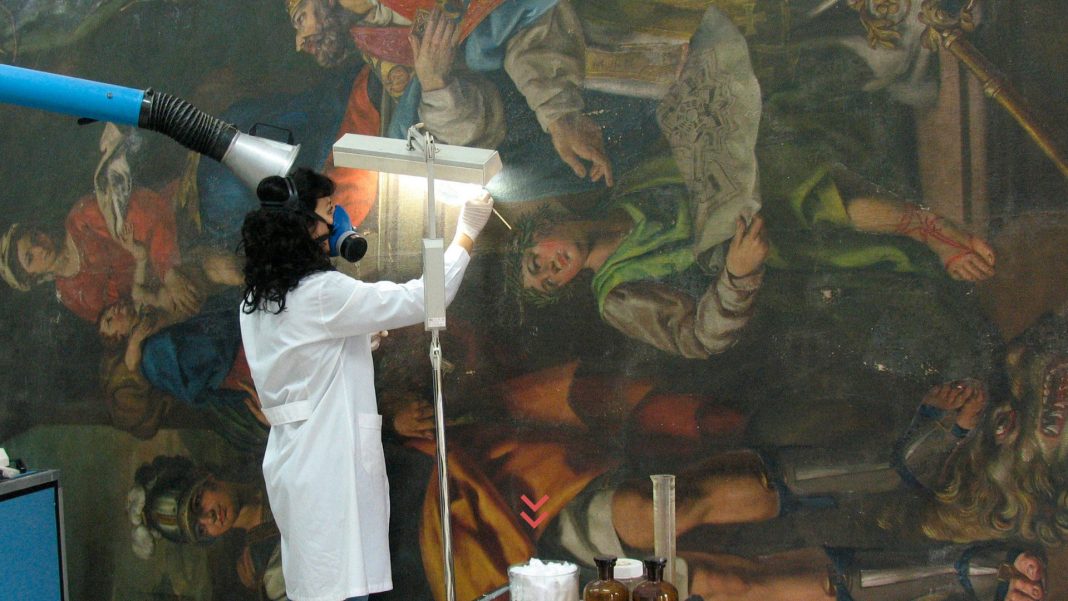Art degrades through the passing of time. Years, decades, and even centuries can greatly damage a masterpiece. The artwork is exposed to the elements of nature that become its enemies such as light, moisture, dust, and a lot more.
But, with technology, all of these factors can now be avoided. Here are two of the most important procedures that make art appear as it used to be some hundred years ago.
Laser Ablation
A solvent used to be the medium for removing surface dirt, soot, and varnish on paintings. But it’s quite unpredictable as it can react with the unique chemical make-up of a certain artwork. So, an alternative way to remove such imperfections has been developed: Laser Ablation. Lasers only emit light at a single wavelength and in a tightly closed beam, making it a potent and precise cleaning tool.
Its wavelength can also be modified that makes it safe to use on artworks and not damage it.
How It’s Done
A low-energy wavelength of about 1065 nanometers is used. The light is then fired up in short pulses on the surface of the artwork, concentrating on the dirt and dust. This is called the ablation and this part happens so fast that everything should be prepared ahead of time.
Bacteria
The dirt, dust, and other elements may even cause greater damage to the artwork if left alone. Humidity is one of the major problems that cause art to disintegrate. So, a solution has been made to eliminate all of these with the help of bacteria.
Pseudomonas Stutzeri
It has been discovered that this particular strain of bacteria engulfs pollutants found in artworks.
In an experiment performed on one of the Italian fresco, 80% of the painting has been cleaned by these bacteria in just 12 hours.
Bacillus Cereus
The Bacillus cereus is another great discovery in the art world. It can effectively restore a cracked sculpture.
As most of the sculptures and monuments were made of limestone in ancient times, the Bacillus cereus can fill in the cracks of these artworks.
It produces a calcium carbonate, which is a type of limestone. The bacteria are then cultured to produce the same limestone that is similarly found in sculpture. They then fill in the gaps and cracks as the bacteria produce the same limestone contained in it.
Bottom Line
Art restoration has greatly improved since then. It serves as a means to slow down the aging process of artworks, to maintain its beauty rather than leave it to rot. It paves a way for the new generation to see such masterpieces as what its artist intended to do some centuries ago. Hopefully, there will be better and more effective means to do so in the future.
